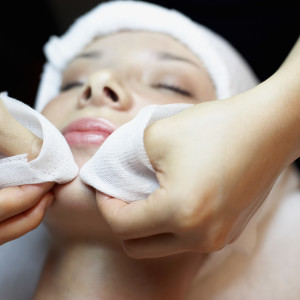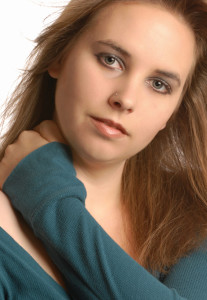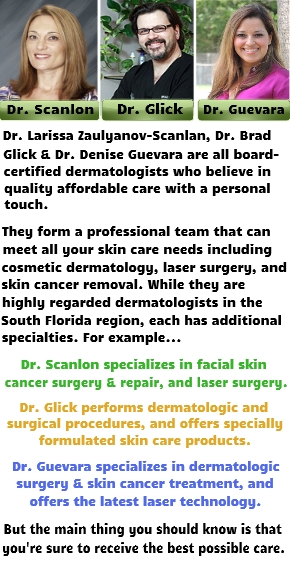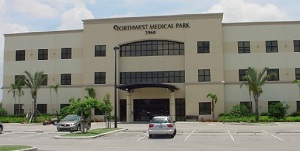 (Dermatologist in Coral Springs FL) – If you’d like a fast and easy way to improve your look and smooth out frown lines and small wrinkles, then our popular Botox cosmetic treatment may be the perfect answer for you.
(Dermatologist in Coral Springs FL) – If you’d like a fast and easy way to improve your look and smooth out frown lines and small wrinkles, then our popular Botox cosmetic treatment may be the perfect answer for you.
In this article, you’ll get an overview of how Botox injections work and how they could benefit you.
Botox is a popular medication and cosmetic treatment that is derived from different forms of botulinum toxin. The toxin is generated by the microbe which causes botulism, a kind of food poisoning. The purpose of the toxin is to temporarily paralyze muscle activity.
Primarily known for its capability to reduce appearance of facial wrinkles, the injections are used also in treating problems such as neck spasms, profuse sweating, overactive bladder and even crossed eyes.
Botox injections have now become the most commonly used cosmetic treatment. Men have become increasingly a part of the customers for cosmetic procedures. Its popularity has increased due to its effectiveness for smoothing out the wrinkles.
The usefulness of Botox injections has also spread to other areas, eliminating not only the wrinkles, but also helping TMJ, migraines, round faces and bulky calves.
These inventive uses of Botox injections are now gaining more momentum and recognition in the cosmetic dermatology industry. Since 2002, it has transformed into a solution for various medical and cosmetic applications.
Botox Wrinkle Reduction Properties
Botox capabilities in relaxing muscle contractions have made it the top non-invasive cosmetic procedure preferred by women. Botox injections, as a wrinkle reduction procedure is quite effective in diminishing glabellar wrinkles, and other forms of wrinkles with equal success rates as fine lines around eyes, crow’s feet and horizontal forehead creases.
It will also relax platysma muscles that are the bands situated under the chins and down the neck which are known for protruding with age.
Employing Botox injections in treating neck bands is effectual and offers patients a non-surgical choice to neck-aging over a period of time. Platysma bands normally become seen as thick, vertical bands which run in a V-shape form under the chin, and down to the neck’s base. The Botox neck lift may greatly reduce the appearance of wrinkling necks through tightening responsible platysma muscles.
Botox Can Aid In Reshaping Your Face
In certain cases, Botox injections may be used also as an effective and a safe means of changing the appearance of a rounder or wider face. For example, people who have masseter hypertrophy, which is an enlargement of their lower cheek muscles, Botox may slim down their faces without them experiencing any downtime or surgery.
Further, individuals having wider, square faces or excess fat may also gain from Botox injections by shrinking the muscles that cause the wider face. This will create an angular, more feminine, facial shape.
Botox Can Potentially Shrink Calf Muscles
Patients complaining of having bulky calf muscles may shrink them down to smaller sizes through the use of Botox injections. Both women and men like having nice calves, and through reducing the muscle bulk, the calves can be made longer and thinner.
Through blocking the nerves to Gastrocnemius muscle by using Botox, the calf muscle is going to decrease in circumference, and alter the shape to a slimmer and more attractive appearance.
Apart from its cosmetic use in giving people that youthful appearance, Botox continues to be investigated for other applications.
Botox injections will last for about 4 months on average. But the beauty of it is that you won’t need to check into a hospital and you it won’t seem like you’ve had work done.
So if you’re looking for a dermatologist in Coral Springs FL to smooth out some of your fine lines and frown, then contact us to schedule an appointment…. 954-906-9099.










